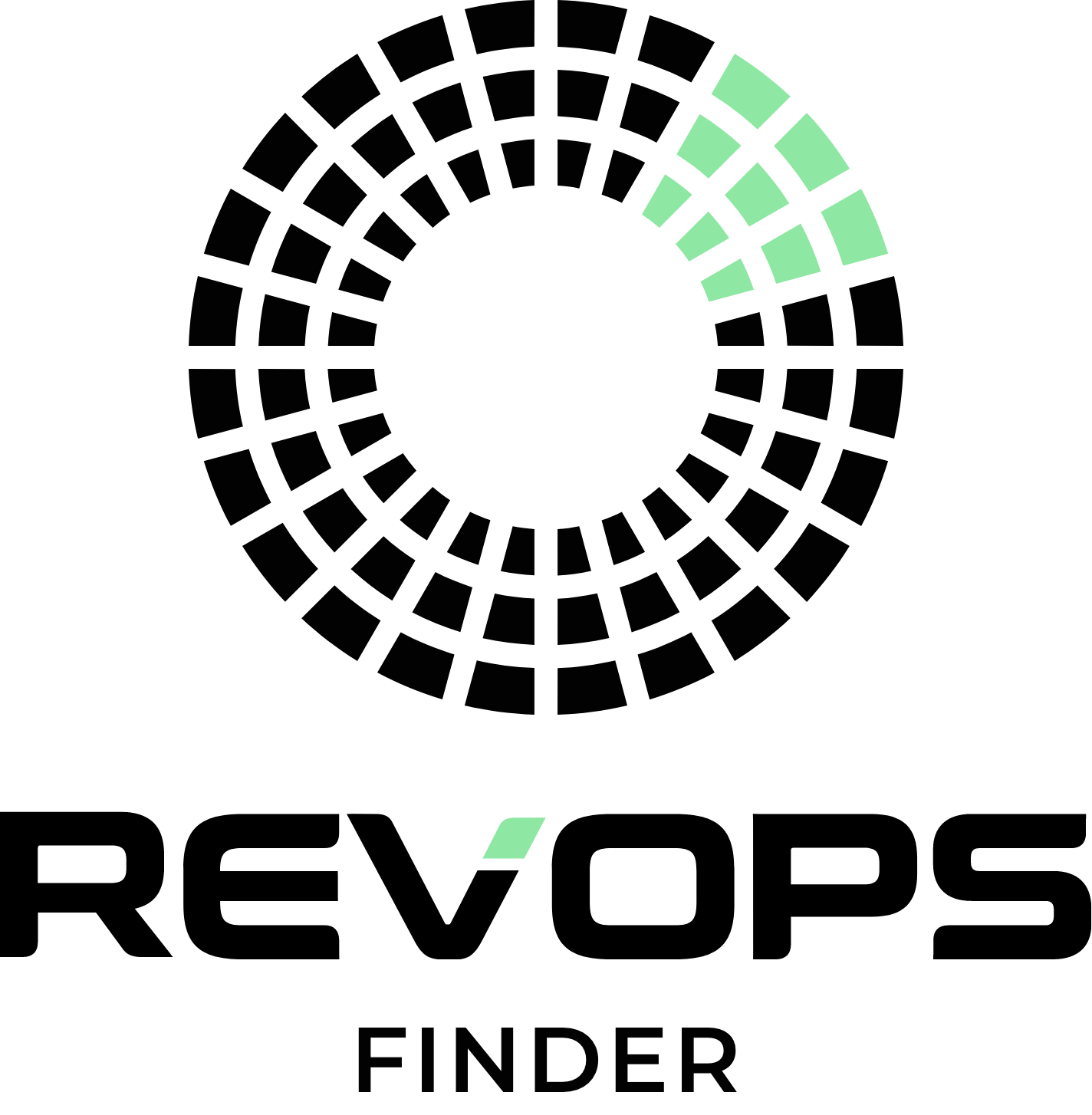How to Implement a RevOps Framework: Step-by-Step Guide for B2B Success
Implementing a Revenue Operations (RevOps) framework can seem daunting, but with the right approach, it can be a game-changer for your B2B company. In this guide, we’ll outline a step-by-step process to ensure your RevOps transformation is successful.
Step 1: Assess Your Current State
Before implementing RevOps, assess your current sales, marketing, and customer success processes. Identify the gaps and bottlenecks that are hindering revenue growth.
Questions to Ask:
- Are your sales, marketing, and customer success teams aligned?
- Do you have a unified data platform?
- Are there inefficiencies in your processes?
Step 2: Define Your Goals and KPIs
Set specific goals for your RevOps implementation. These could include increasing revenue growth rate, lowering CAC, or improving NRR. Determine which KPIs will be used to measure progress.
Recommended KPIs:
- Customer Acquisition Cost (CAC)
- Customer Lifetime Value (CLV)
- Churn Rate
- Net Revenue Retention (NRR)
Step 3: Align Your Teams and Processes
RevOps requires breaking down departmental silos. Align your sales, marketing, and customer success teams around shared goals.
Tips for Alignment:
- Conduct regular cross-departmental meetings.
- Develop standardized processes for lead handoffs and customer follow-ups.
- Ensure transparency in data sharing across teams.
Step 4: Implement the Right Technology
Choosing the right tools is essential for a successful RevOps strategy. Look for software that can integrate with your existing tech stack and support unified data management.
Recommended Tools:
- CRM (e.g., Salesforce, HubSpot) for managing customer data.
- Marketing Automation (e.g., Marketo, Pardot) for automating campaigns and tracking marketing performance.
- Analytics Tools (e.g., Tableau, Power BI) for data visualization and insights.
Step 5: Create a Feedback Loop
To ensure continuous improvement, establish a feedback loop where teams can review performance and make necessary adjustments. Use data-driven insights to refine your RevOps strategy.
Questions to Consider During Reviews:
- Are we hitting our KPIs?
- What areas need more attention?
- Are there any emerging trends in our data?
Common Mistakes to Avoid When Implementing RevOps
- Not Having Clear Goals: Without specific goals, it’s impossible to measure success.
- Overcomplicating Processes: Aim for simplicity to avoid overwhelming teams.
- Ignoring Employee Training: Make sure your teams are adequately trained on new tools and processes.
Final Thoughts
Implementing RevOps is a journey that requires commitment and a strategic approach. However, when done right, it can dramatically improve revenue growth, customer retention, and overall efficiency.
Now that you know how to implement RevOps, make sure you’re tracking the right metrics.
Read our previous blog, “Top 5 RevOps Metrics Every SaaS Company Should Track for Accelerated Growth”, to ensure you’re monitoring the metrics that matter.
